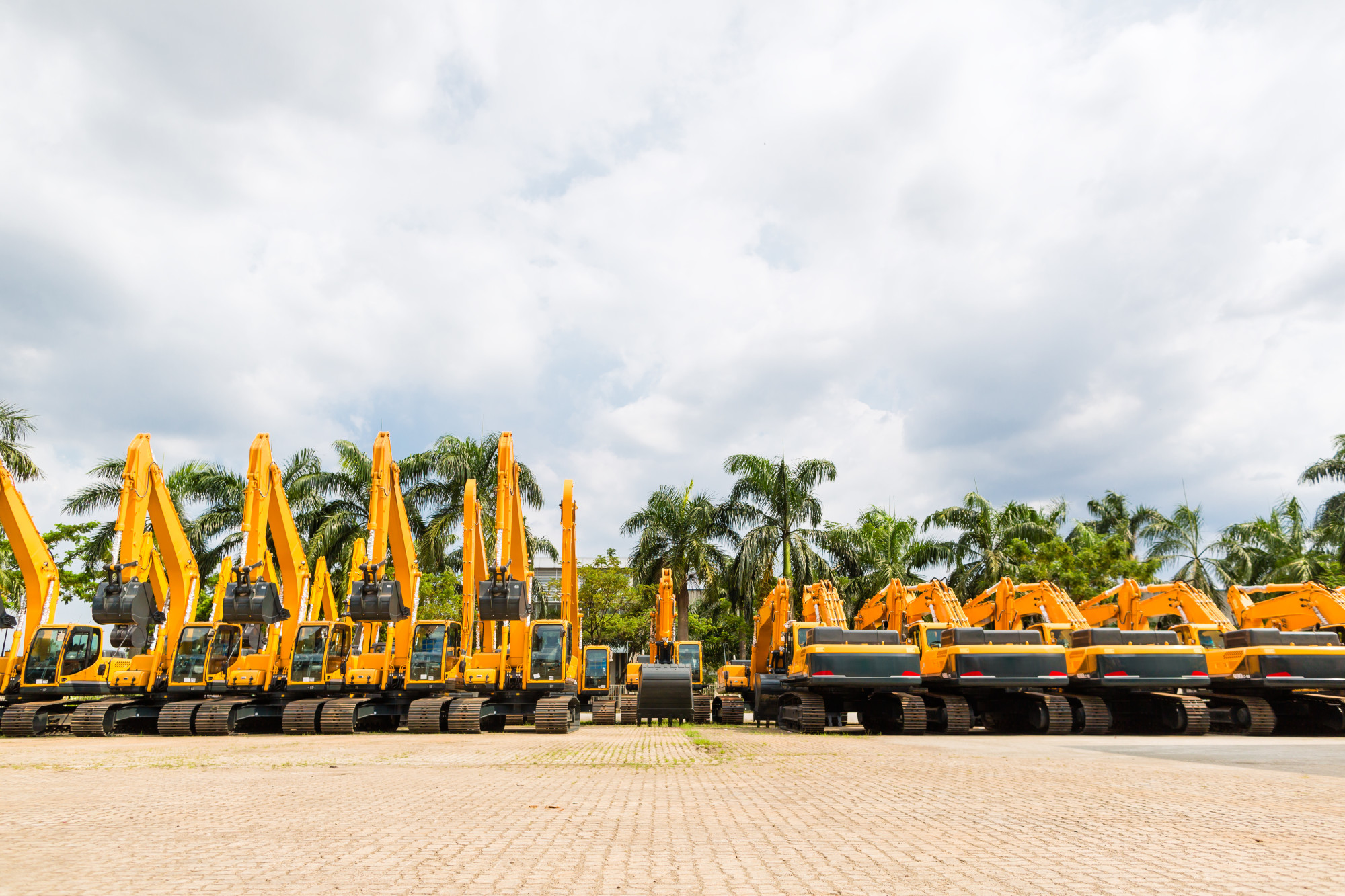If you’re a construction company owner or site manager, you know that downtime kills profitability. Unexpected downtime rates between 20% and 30% are common.
There are ways to reduce downtime. You can replace parts before they wear down as part of your preventative maintenance plan. That’s ideal, but few companies actually do that.
You go to the store and look at the shelf. There are two parts, and they appear to be essentially the same. They have different price points.
Since in your mind they’re the same product, you go for the least expensive option. You probably bought an aftermarket part instead of an OEM part.
Sure, you saved money at that moment. That decision may end up costing you in the long run.
Read on to learn the differences between OEM products and aftermarket parts and why you should always buy OEM parts.
Safety Standards
OEM means original equipment manufacturer. OEM products are created by the manufacturer of the construction equipment.
They use the same materials and manufacturing procedures to create the part.
Aftermarket parts are developed by third-party manufacturers. These are also called non-OEM or generic parts.
Where do aftermarket parts suppliers get their product specifications from to make the construction equipment parts?
Some aftermarket parts manufacturers have agreements with the original manufacturers. That allows them to get prototypes to develop replacement parts.
Otherwise, an aftermarket manufacturer has to take apart the construction equipment and scan the original parts. They’ll scan, measure, and weigh the original parts and use that data to develop their own version of the replacement parts.
Since that’s the method that aftermarket parts manufacturers use, there’s no guarantee that the parts will work. They might wear down faster.
A sudden breakdown of parts could cause an injury or accident.
Aftermarket parts for motor vehicles and heavy equipment are regulated by the federal government and some state governments.
With OEM parts, they’re manufactured and tested using the same standards as the original parts. With proper maintenance, there’s less of a chance that there will be a sudden accident that leads to injury.
Warranty
Did you know that you could void the warranty on your construction equipment if you use aftermarket parts?
Manufacturers will only guarantee their work, not the work of another company. For that reason, they’ll consider a warranty void because they can’t say with certainty that it was their fault.
You could use an aftermarket part to save money. Should another issue come up with the construction equipment, you could end up paying for repairs instead of relying on the warranty.
Availability
What is the standard availability of OEM products? Construction equipment manufacturers understand how much downtime costs.
They’ll make every effort to have the most important parts available at dealers. You can contact your equipment dealer or go here to find a dealer that’s an OEM supplier.
If you go to a parts store that sells aftermarket parts, they probably don’t have what you’re looking for. They have to keep a lot of different brands and products in stock.
Support
If you get an aftermarket replacement part, the level of support you get from the manufacturer is limited. If you have questions about the specs or about the replacement part itself, you can get your questions answered.
However, if you want to know more about the equipment, they’re going to have limited knowledge.
OEM dealers get trained in every aspect of construction equipment and replacement parts. They’ll be able to help you with any question related to the equipment.
Increase Recoverable Costs
Construction companies look at the total cost of ownership when they buy a piece of equipment. They assume that the yearly cost to operate a piece of equipment (fuel, maintenance, etc.) will get recovered by the hours the equipment gets used.
A forklift might cost $9,000 a year to operate. It’s assumed that the forklift will be in operation for 1,000 hours this year. The forklift earns the company $15 for each hour it runs.
If you use aftermarket parts instead of OEM parts, you increase the likelihood that the forklift breaks down. Instead of being in operation for 1,000 hours, issues with parts only allow the forklift to be in operation for 900 hours.
That cuts into the recoverable costs and your profitability.
There are additional costs to consider. It’s not just about the equipment being unavailable. You’re going to have to rent equipment to get a job done on time.
Using OEM parts keeps your construction equipment running. The result is that you get more accomplished with your own equipment and increase your profitability.
Equipment Longevity
You may have worked out the recoverable costs and cost of ownership for one year. Now multiply that by the number of years you plan to own the construction equipment.
OEM products last longer than aftermarket parts. They fit exactly to the specs of the construction equipment. An aftermarket part that’s a millimeter off could cause other parts to wear down faster.
You won’t get the value of the construction equipment for years, which also decreases your construction company’s profitability.
Get More From Replacement Construction Equipment Parts
You have a clear choice when you buy construction equipment parts. Spend less money now and get aftermarket parts that may not be the perfect fit for your equipment.
You run the risk of your equipment breaking down, causing injuries, and voiding the warranty.
The alternative is to buy OEM products. They’re more expensive up front, but you could end up with a more profitable construction business.
For more maintenance and repair tips, check out the other resources on this site.

